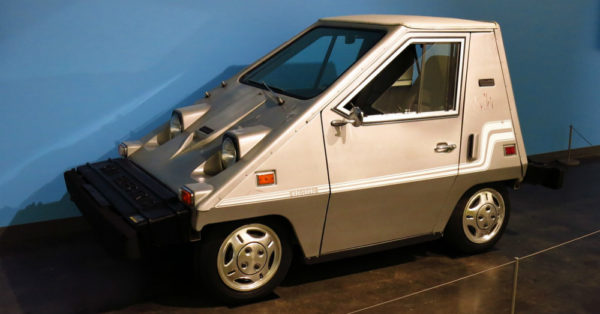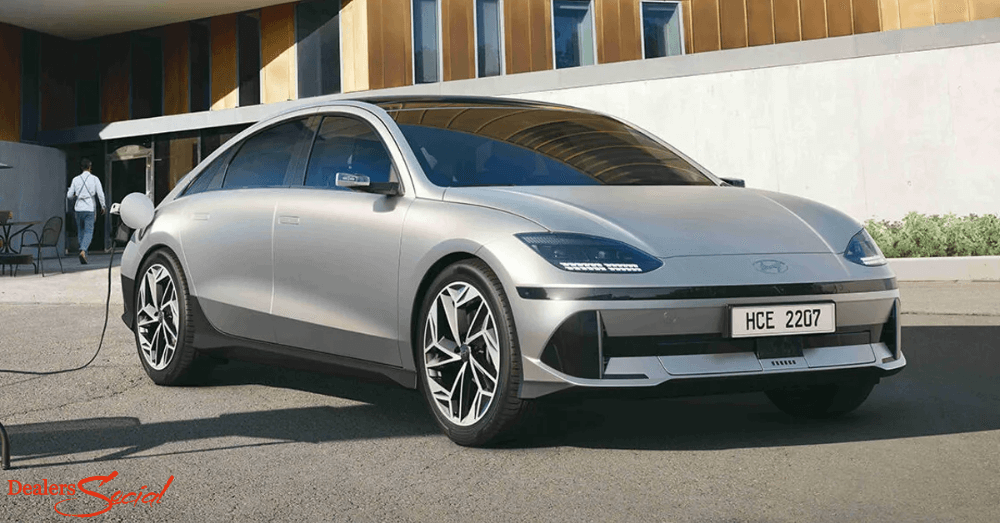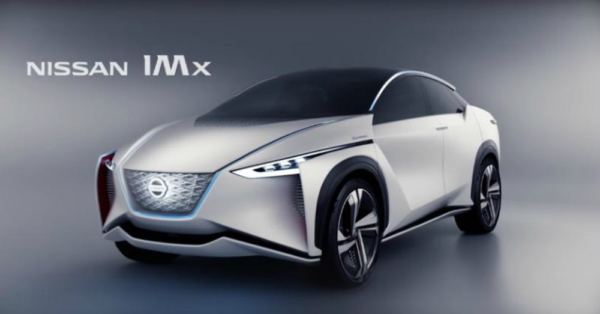During the 1970s and stretching into the 1980s there was a crisis and a lack of available oil to create gasoline needed to operate the cars that were being built. This sudden turn of events marked the death of the American muscle car and begin the craze for the smaller models that were more efficient for the drive. The increased prices of gasoline led to nearly every type of car being built including some models that were powered by something other than gasoline when it’s time to head out on the roads for a drive.
During these decades, the team at Sebring-Vanguard, a Florida based company became the sixth largest auto manufacturer in the US after GM, Ford, Chrysler, AMC, and Checker. This small company in Florida created the Citicar which was inspired by the contemporary golf cart and drove one the roads while using only an electric powertrain for the drive. This little car was an answer to the first fuel crisis and was sold in a strong number of units for those that only needed to drive a few miles each day and wanted something small and easy to drive that was also affordable.
Charging and Driving in the 1980s
The Citicar was built around a tubular chassis and was powered by a 48-volt battery pack. Considering the toy models we see on the shelves in toy stores today come with either 12 or 24-volt battery packs, you can imagine how little this car had when it came to power. The lightweight build and small size made it possible for this low number to be fitting for the drive and capable of offering what some people needed at the time. In 1977, Vanguard built close to 2,300 models of this car and it offered six-horsepower for the drive.
Eventually, the design from this company was purchased by Commuter Vehicles Inc. who upgraded the design and launched the new Comuta-Car which is a car that looks a lot like a wedge of cheese as it drives around on the road. There was even a van model of this car that was developed at first by Vanguard as the CitiVan but was eventually completed by the Commuter Vehicles team and offered in 1979 as the Comuta-Van with swing-out side doors and a hatchback window. There was even a Postal version of this van created with sliding side doors to allow the vehicle to pull up next to a mailbox.
The Commuta-Van had to be upgraded versus the car with a 72-volt battery pack and 12 horsepower coming from a motor that was connected to a three-speed transmission. This van was close to 142 inches long and had to meet the government standards in order to fulfill the USPS contract that was entered into. If you want to see a vehicle from this company in action, check out this video below as a young technology enthusiast enjoys the drive in a Comuta-Car as her first car, which truly does look like a large wedge of cheddar cheese.
Want something to drive now? Choose the Ford Edge today!
This post may contain affiliate links. Meaning a commission is given should you decide to make a purchase through these links, at no cost to you. All products shown are researched and tested to give an accurate review for you.




